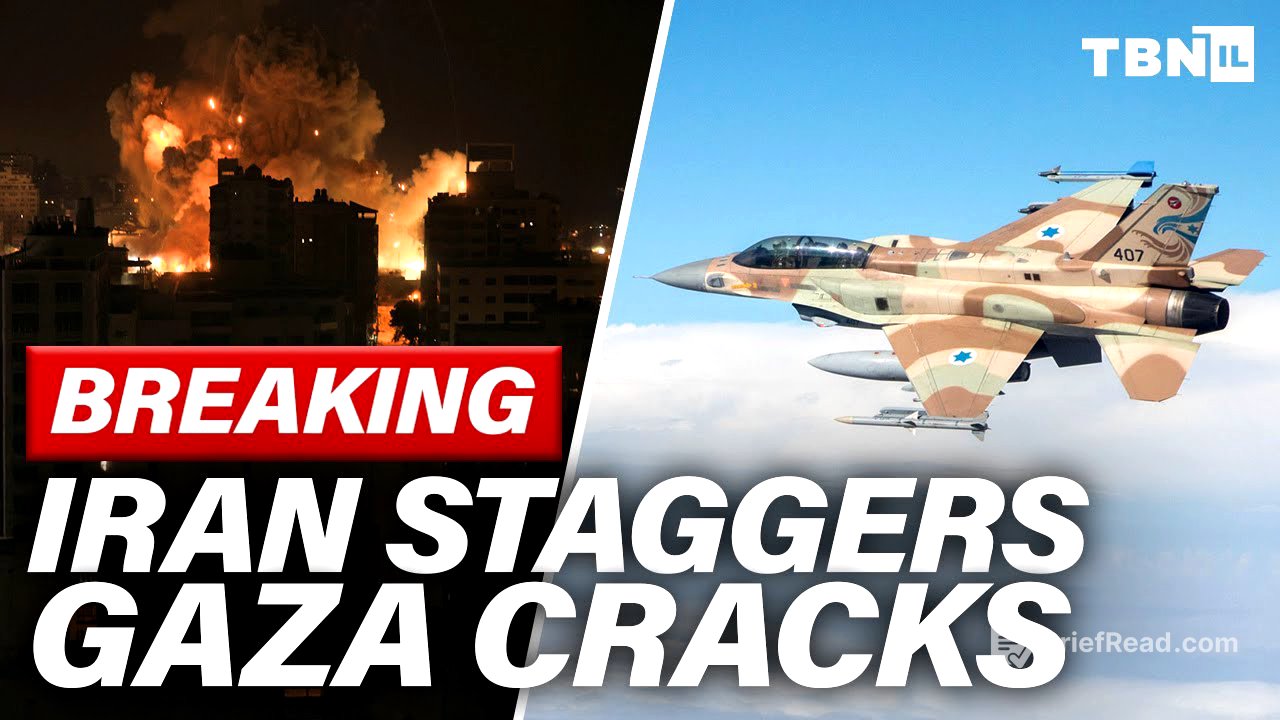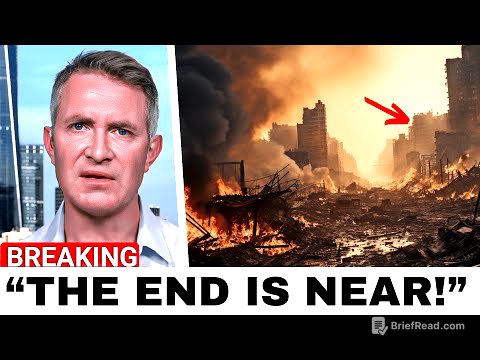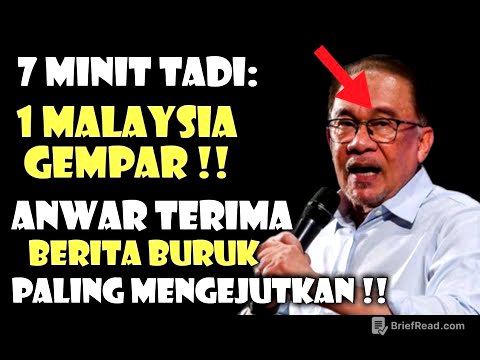TLDR;
This video provides an update on the geopolitical situation in the Middle East, focusing on Israel's recent actions against Iran and Hamas, as well as the internal repercussions within Iran and Gaza. It covers topics such as Israel's intelligence penetration into Iran, the aftermath of strikes on Iranian nuclear facilities, the internal crackdown in Iran, the dire situation of Hamas in Gaza, and the diplomatic responses from the US and the UN.
- Israel's successful shadow war against Iran, including intelligence penetration and strikes on nuclear facilities.
- The internal crackdown and executions in Iran following the strikes, along with the regime's efforts to maintain control.
- The desperate situation of Hamas in Gaza, including leadership losses, internal rebellion, and dwindling resources.
- Diplomatic responses from the US, including President Trump's statements and actions regarding sanctions and negotiations with Iran.
Israel's Shadow War Against Iran [0:00]
The video begins by highlighting the widespread astonishment in the Middle East regarding Israel's recent actions. It is revealed that Israel's Mossad had deeply infiltrated Iranian factories, government agencies, and military units, gathering intelligence for years. This penetration allowed Israel to strike not only known nuclear sites like Fordow and Natanz but also previously unknown secret facilities. Israeli agents mapped these facilities from the inside, identifying critical components and infrastructure, which enabled precise and effective strikes.
Aftermath of Strikes and Internal Crackdown in Iran [16:08]
Following the strikes, Iran held funerals for military commanders and nuclear scientists, marking the first such event since the ceasefire. The Iranian regime has launched a broad arrest campaign, targeting individuals suspected of aiding Israel, with reports of executions. Hadi Ghami, director of the Center for Human Rights in Iran (CHRI), noted that the regime is acting like a wounded animal, suppressing any perceived threat with lethal force. The Wall Street Journal reported searches in cars, phones, and computers, and the hasty execution of at least six men.
US Response and Analysis of the Situation [25:08]
Mati Shosani, TBN Israel's senior Middle East analyst, provides insights into the situation, emphasizing President Trump's candid statements about the events behind the scenes. Trump stated that he prevented Israel from assassinating Supreme Leader Khamenei and halted the removal of sanctions until a full resolution of Iran's nuclear capabilities is achieved. Shosani explains that Israel's primary goal is the complete removal of Iran's nuclear capabilities, including stockpiles and centrifuges. He also notes that President Trump's statements aim to counter Iran's attempts to distort the narrative and regain perceived power in the Middle East.
Hamas's Dire Situation in Gaza [36:18]
The video shifts focus to the Gaza Strip, where Hamas is facing a dire situation. Reuters published an investigative report indicating that Hamas needs a ceasefire due to its shaky command structure, growing frustration among Gaza civilians, and an open rebellion by clans. Israeli military sources estimate that at least 20,000 Hamas militants have been eliminated, and hundreds of kilometers of tunnels have been destroyed. The organization is now recruiting younger fighters from impoverished refugee populations. The weakening of Iran, a key ally, further diminishes Hamas's prospects for additional assistance.









